The Oryx comprises a group of four large antelope species. Researchers group all four species, the Arabian, Scimitar, East African, and the Gemsbok, in the taxonomic genus Oryx.
These hoofed mammals live in Africa and western Asia, but small human-introduced populations also survive in other areas. For three species of Oryx, captive breeding programs in zoos keep them from slipping into extinction. Read on to learn about the Oryx.
Description of the Oryx
Oryxes are large antelopes with long, vertical horns. All four species are relatively light colored, from the white/cream Arabian species to the tan/brown Gemsbok. Their horns are quite long, and grow vertically upwards, and slightly backward in some species. In some species, the horns grow nearly five feet long!
Both males and females grow horns, though females’ horns are normally skinnier than males. The different species vary in size, though most stand about four feet tall at the shoulder.
Interesting Facts About the Oryx
Each species of these animals is slightly different from the next. Learn more about each one below.
- Gemsbok – The Gemsbok is the only species of Oryx that is not directly in danger of extinction. In fact, their populations are quite strong in parts of their range, and their overall population is stable. Interestingly, humans have even introduced a population of Gemsbok to New Mexico.
- East African Oryx – Sadly, this species has declining populations. Humans hunt these antelopes for their meat, fur, and horns. This species also has to compete with livestock for what food is available in their harsh habitats.
- Scimitar Oryx – Researchers believe that this species is entirely extinct in the wild. Some people have reported of small populations still exist, but researchers have not been able to verify these reports. The only remaining populations exist in zoos, fenced protected areas, and private farms. Surprisingly, this species actually has high captive populations, but nowhere to safely reintroduce them into the wild.
- Arabian Oryx – The Arabian species is another that was extinct in the wild. However, breeding programs in zoos saved this species. The zoos used a Species Survival Plan to choose which animals to breed, based on their genetic variability, or the least related animals. This kept their populations healthy, and allowed researchers to eventually release Arabians back into the wild.
Habitat of the Oryx
These antelopes live primarily in arid regions with low rainfall. Arabians live in deserts, plains, savanna, and desert edges. Scimitars and East Africans live in similar habitats, like steppe, desert, semi-desert, and sand dunes.
Gemsboks live in slightly less arid regions than their cousins. They inhabit mountainous areas, grasslands, dunes, and savannas. However, Gemsboks can still survive in regions with low rainfall and water.
Distribution of the Oryx
Each species of Oryx has a slightly different distribution. Most live in small, restricted regions rather than across wide expanses. Arabians live in several isolated regions of the Middle East, including Saudi Arabia, Oman, the United Arab Emirates, and Israel.
The Scimitar species does not have a wild distribution, and one of the largest breeding populations lives in Texas big game farms. The East African species lives in East Africa, and the Gemsbok ranges in southern Africa.
Diet of the Oryx
Like all antelopes, these are herbivores. They feed on a variety of different plants, including grasses, leaves, stems, buds, flowers, fruits, and more. Because they live in arid regions with hot midday temperatures, most of these antelope feed during the early morning and late afternoon.
Their diet changes based on the season and the availability of water. When water is scarce, they feed on fruits, flowers, roots, and vegetables, all of which have high water content.
Oryx and Human Interaction
Humans have devastated Oryx populations, both in the past and during the present day. Of the four different species, three face direct threat of extinction. Though the Arabian species is a success story, human activity still threatens their continued survival.
From habitat destruction, to hunting, to competition with livestock, humans cause continual population decline to these antelope. The IUCN lists the East African species as Endangered, the Gemsbok as Least Concern, the Scimitar species as Extinct in the Wild, and the Arabian species as Vulnerable.
Domestication
Humans have not domesticated Oryxes in any way.
Does the Oryx Make a Good Pet
No, these animals do not make good pets. They are large antelopes, and simply wouldn’t make practical household companions. For several species, every individual is important for the survival of the entire population, and thus owning one as a pet is illegal in most places.
Oryx Care
In zoos, game farms, and preserves, Oryxes live in large enclosures with protective fencing. Their habitats contain a variety of shrubbery, grasses, and small vegetation for them to browse on. Though their wild counterparts generally do not have access to water at all times, animals in zoos have fresh water to drink whenever they like.
Zoos also supplement their diet with a variety of hay, browse, minerals, and pelleted herbivore feed. Each species has slightly different needs for their care and survival.
Behavior of the Oryx
Like many other antelopes, Oryxes are social animals. Their herds range in size from a single pair to several dozen animals. Outside of the breeding season, the males live in bachelor herds or alone.
When the breeding season arrives, males begin fighting one another for mating rights. Males normally defend a small herd of females, and defend them from other males. Only the strongest and smartest males reproduce and spread their genes.
Reproduction of the Oryx
Females mate with a single male, while males breed with all the females in the herd. The gestation period of all species is around eight months. Most species give birth to a single calf, though twins do occur in some species.
The mother begins weaning the calf off her milk when it is around three or four months old. The calf becomes independent of its mother soon after weaning, but remains with the herd for several months. Males disperse when they reach sexual maturity, while females remain with the herd.

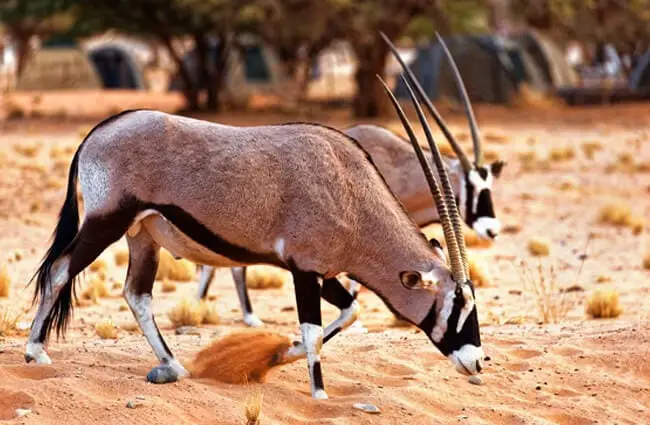
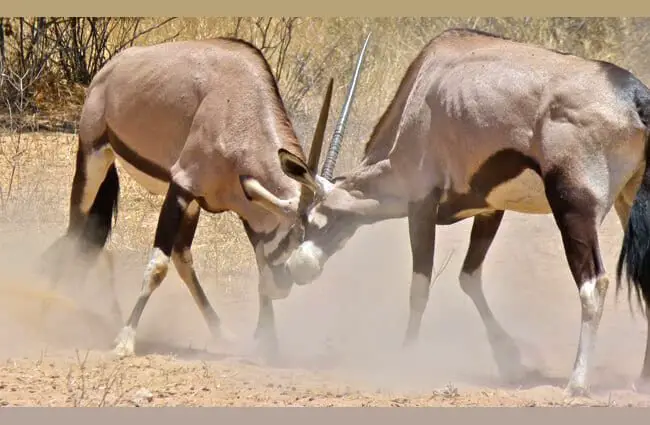

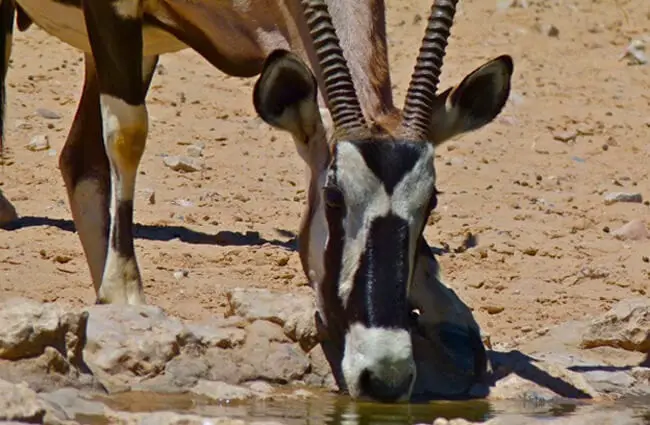

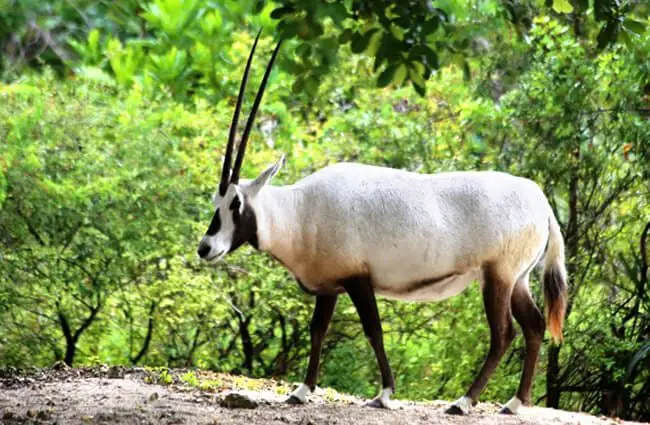

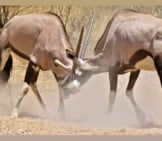


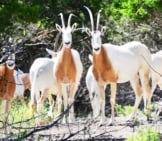

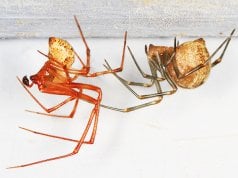
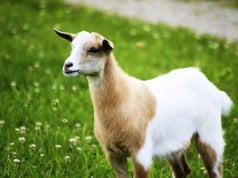
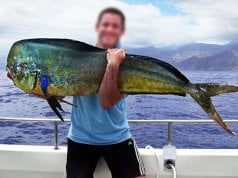
![Red Angus Closeup of a beautiful Red Angus cowPhoto by: U.S. Department of Agriculture [pubic domain]https://creativecommons.org/licenses/by/2.0/](https://animals.net/wp-content/uploads/2020/03/Red-Angus-4-100x75.jpg)

